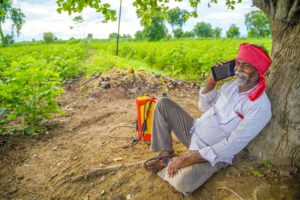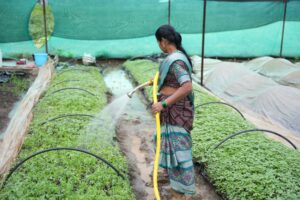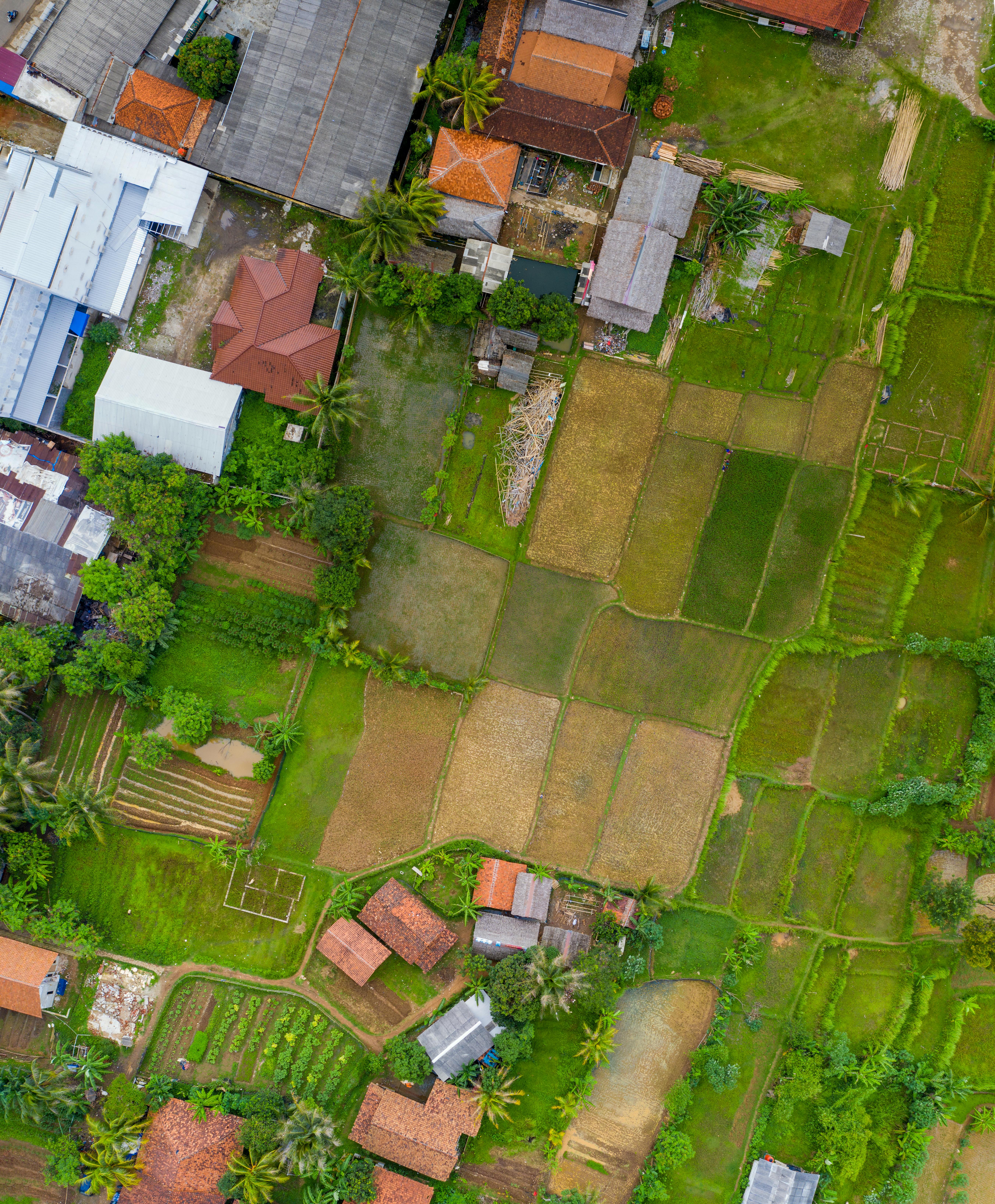Rural India has undergone significant lifestyle changes since 2014, fueled by technological advancements, government initiatives, and infrastructural developments. Once reliant on traditional methods and practices, rural communities are now embracing modernity, enhancing their living standards while preserving cultural heritage. The government’s push for digital inclusion, improved education, and better healthcare access has been pivotal. Villages are now more connected, with roads, electricity, and digital services bridging the urban-rural divide. Women’s empowerment through education and self-help groups has also seen a sharp rise, making families more self-reliant. These changes underscore the resilience and adaptability of Rural India, offering hope for a future brimming with opportunities. As technology reshapes traditional landscapes and values evolve, the transformation highlights the journey toward a more sustainable, inclusive, and prosperous Rural India.
1. Technological Inclusion: Bridging the Gap
The Digital India initiative has brought technology to rural doorsteps, reshaping lives and opportunities. Smartphones, once rare, are now common, with affordable internet plans fostering connectivity. Farmers access weather updates, agricultural techniques, and government schemes through apps, improving productivity and reducing risks. Online platforms have empowered rural artisans and small businesses to sell products beyond local markets, creating new income streams. Digital payment systems like UPI and mobile wallets have streamlined financial transactions, reducing dependency on cash.

Technology has also improved access to information, enabling rural students to participate in online learning and competitive exam preparation. Telemedicine services allow villagers to consult doctors without traveling to distant towns. These innovations bridge the urban-rural divide, offering a glimpse of an interconnected future. However, challenges like digital literacy and infrastructure gaps remain, requiring sustained efforts to ensure equitable growth.
2. Education and Skill Development Transformations
Education in Rural India has witnessed a renaissance, with digital tools and government initiatives driving access and quality. Programs like Skill India and PMKVY (Pradhan Mantri Kaushal Vikas Yojana) provide vocational training, equipping youth with market-relevant skills. Rural schools now feature smart classrooms, enabling digital learning and bridging educational gaps.

Women are also stepping into the workforce through vocational training in fields like tailoring, handicrafts, and small-scale industries. Girls’ education has seen a significant boost, with schemes like Beti Bachao Beti Padhao fostering awareness and reducing drop-out rates. Mobile libraries and community learning centers further enhance literacy rates and knowledge sharing. These developments uplift rural communities, breaking the cycle of poverty and opening doors to diverse career opportunities.
3. Sustainable Agriculture and Livelihood Diversification
Agriculture, the backbone of Rural India, has seen transformative shifts in recent years. Farmers are increasingly adopting sustainable practices such as organic farming, crop diversification, and micro-irrigation techniques. These methods enhance soil health, increase yields, and reduce environmental impact. Government subsidies and access to advanced equipment like tractors and drip irrigation systems have further bolstered agricultural productivity.

Rural households are diversifying livelihoods, engaging in dairy farming, poultry, and handicraft production. Women’s self-help groups (SHGs) play a crucial role, generating income through collective businesses. Initiatives like FPOs (Farmer Producer Organizations) enable farmers to pool resources and access better markets. These efforts collectively create financial security and resilience, reducing dependency on unpredictable monsoon rains.
Moreover, rural tourism is gaining popularity, offering authentic village experiences and boosting local economies. These practices reflect the innovative spirit of Rural India, combining tradition with progress for sustainable growth.
Conclusion
The changing lifestyle in Rural India since 2014 is a testament to its adaptability and determination. With technology, education, and sustainable practices leading the way, rural communities are carving a path to self-reliance and prosperity. Challenges remain, but the resilience of Rural India ensures a hopeful and brighter future. These transformations inspire confidence in an inclusive growth story, reflecting progress while preserving the essence of rural life.
Utpal Khot
Copyright © Utpal K
1. If you share this post, please give due credit to the author Utpal Khot
2. Please DO NOT PLAGIARIZE. Please DO NOT Cut/Copy/Paste this post.
© Utpal K., all rights reserved.
Copyright Notice: No part of this Blog may be reproduced or utilized in any form or by any means, electronic or mechanical including photocopying or by any information storage and retrieval system, without permission in writing from the Blog Author Utpal Khot who holds the copyright.





